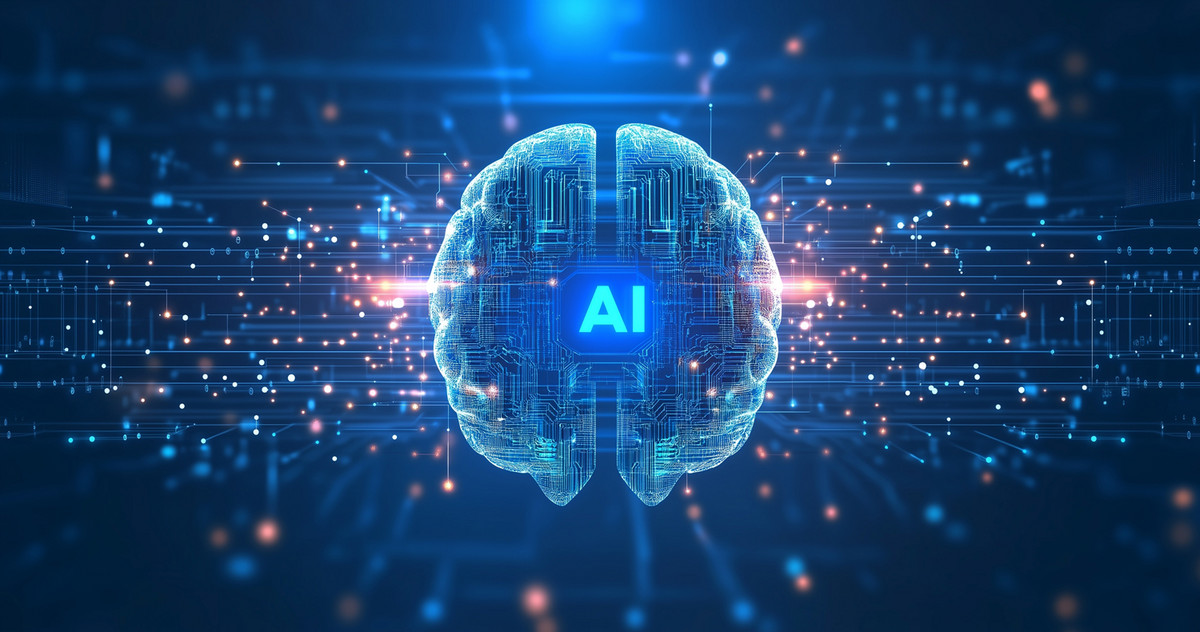Overview
Recommendations
Next Steps
Social media
Deciding like the Wharton Pros
Managers have to make sound and future-oriented decisions on a daily basis, and in today’s ever more complex world, it is getting increasingly difficult to make sure those decisions will work out in the long run. At the same time, it has become impossible to shape the future based on past experience as traditional analysis and forecast methods fall short in today’s BANI world. Creativity and artificial intelligence (AI) to the rescue: they can help us make better decisions and find new innovative solutions.
Gideon Nave, a marketing and creativity expert at the Wharton School, and Monika Koller, the Academic Director of the Executive MBA Strategic Marketing & Sales, analyze what does the trick when attempting to make better decisions in daily business life.

“At the moment, increasing digitalization, AI, and other technological advances are opening up new possibilities for us, but they also come with challenges and obstacles for both businesses and society at large. This is why it’s so important to look at the psychological aspects of the way people think and act, which are at the core of our decision-making,” says Monika Koller, the Academic Director of the Executive MBA Strategic Marketing & Sales at the WU Executive Academy.
Joined by Gideon Nave, a marketing and creativity expert at the Wharton School in the United States, she discusses three dimensions in which managers and executives can use AI and various creativity tools and approaches to make better decisions in the future.
Many managers believe that offering more options will lead to better decisions, and that consumers will be more likely to buy a product or service the more features it boasts. Gideon Nave is convinced that the opposite is true: “The most innovative ideas are rarely the result of having added new elements. Usually, they arise from consciously eliminating some options.” A number of successful product innovations are a proof in point:
Twitter’s introduction of a 140-character limit gave rise to a whole new way of communicating.
The iPod Nano is the result of the decision to scrap the original iPod’s screen, making the device smaller and portable.
What is Uber without the driver? An autonomous taxi service. Uber minus its passengers? A delivery service such as Uber Eats.

However, the subtraction method is not only useful in product development but also plays a crucial role in optimizing business processes or realigning business models. Creative thinking is key here to recognizing the true essence of a process or product. It enables unnecessary complexity to be identified and removed in a targeted manner, creating space for groundbreaking innovations and strategic decisions.
Companies can use subtraction to check which steps in a process are truly necessary. Certain approval steps, to name an example, could be scrapped or automated to speed up decision-making processes.
Saying goodbye to certain elements has brought forth many a successful business model. A well-known example is the freemium model: companies decide not to make money for a while in order to cut a profit based on premium offers at a later stage. This is how Netflix revolutionized the market through streaming, ringing the death bell for video rental stores. Airbnb is another example: taking hotels out of the equation opened up the perspective of renting out private space.
Companies can reduce options and services to emphasize their core offers. This is why many fast fashion retailers limit payment methods and have a restrictive return policy, as this enables them to lower operative costs and increase efficiency.
Another area where cuts can be made is the variety of customer segments, helping enterprises to focus on a specific target group and increase their market depth by offering tailor-made products and services. In the 1980s, sports apparel maker Nike decided to rely on professional athletes for positioning the brand, closing a contract with basketball superstar Michael Jordan in 1984 instead of catering to the larger market of casual-wear shoes.
With a view to consumer behavior, particularly the perception of a product being useful is key. “It’s not just the products and services that people buy, but also their use, the benefit they get to experience through this product or service,” Monika Koller says. And that’s not just about a given functionality or the cost-effectiveness; emotions and social aspects play a big role here. But in order to enhance the perception of a given offer’s multi-dimensional benefit, we need to be creative.
One thing is for sure: AI not only excels at analyzing data at breathtaking speed, it can also generate creative solutions. Gideon Nave: “What’s key is not to leave decisions up to AI but use it as a creative force that assists us in finding ideas and taking decisions.” AI can help identify patterns, simulate options, and make suggestions for approaching an issue from an unexpected angle. Editing, critically assessing, and making a final decision regarding the AI output will, however, always be up to us humans. AI could be used to test various future scenarios, bringing to light new possibilities on the way.
AI can also be used at various stages of market research: from working out a concept as well as collecting and analyzing data to depicting results and interpreting them. “If managers rely on market research findings to make business decisions, it’s all the more important for them to critically reflect on them,” Monika Koller says.
ChatGPT and the like: Targeted prompts can help us see a problem from an entirely new perspective. A manager could, for example, ask ChatGPT regarding a strategy they are considering: “What would be the exact opposite of what I’m planning to do, and what would be that strategy’s benefits?”
Data-based decision-making support: AI models can recognize patterns the human eye would miss, as a result of which both risks and opportunities can be spotted at an early stage.
Data-based approaches can also help improve positioning potential in marketing and sales. Data regarding the needs and attitudes of consumers can help businesses align with stakeholders’ expectations, which is important for managers given today’s highly volatile circumstances. Digitalization and AI offer ways to support rational decision-making. Their existence, however, also calls for increased awareness of the human aspect, both with regard to behavioral science and psychological aspects.
Nave recommends using the creative “task unification” method, which is about using existing components or features of a product or service for several purposes at the same time. Two examples:
CAPTCHA tests not only enable systems to identify human beings but simultaneously train AI models in image recognition.
Duolingo’s model employs translation tasks mostly for language acquisition purposes. At the same time, the data generated in the process (drawing on the users’ answers in the language quizzes) is used to improve the company’s own automatic translation software.

With regard to decision-making, this means that managers should look into whether there are resources or processes that can be used for two different goals in order to increase efficiency and generate added value for their companies. “Let’s take CO2 emissions, for example: the heat generated during production processes could be saved in a heat exchanger and fed into a heating system,” Gideon Nave says. Microsoft, for one, has plans to start using the excess heat generated in its computer centers to power the heating systems in its facilities from fall 2025.
On the one hand, digitalization and creative artificial intelligence offer new opportunities for rational decision support, but on the other hand, it is becoming increasingly important not to lose sight of the people involved. AI can provide valuable data and patterns that improve the decision-making process, but human intuition remains crucial. Managers must take into account the psychological and social aspects of human behavior in order to make informed and ethical decisions. Only by combining AI and human expertise can balanced and sustainable decision-making be achieved.
Join 15,000 + professionals and get regular updates on leadership and management topics. Learn something new every time.